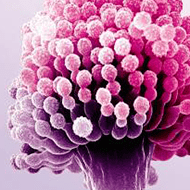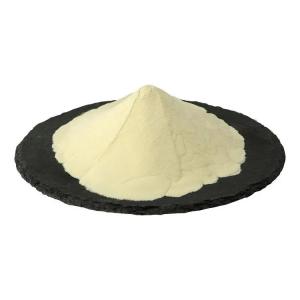Phosphatidyl serine is used in meal kit pouches.
Time:2025-08-15Phosphatidylserine (PS) is a naturally occurring phospholipid found in the membranes of living cells, with the highest concentrations in brain and nerve tissue. It has gained attention in the food industry as a functional ingredient that can be incorporated into various meal formats. In recent years, meal kit pouches—pre-portioned packages containing ready-to-cook or ready-to-eat foods—have become a practical medium for delivering PS to consumers in a convenient and controlled manner.
Chemical and Physical Characteristics
Phosphatidylserine is composed of a glycerol backbone, two fatty acid chains, a phosphate group, and the amino acid serine. It typically appears as an off-white to light yellow powder when purified. Due to its lipid-soluble nature, PS blends well into fat-containing food matrices, but it is sensitive to oxidation, light, and heat. For meal kit applications, stability is maintained through encapsulation, blending with protective carriers, and careful packaging.
Incorporation into Meal Kit Pouches
Meal kit pouches vary widely in content—from dry grains and seasonings to ready-made sauces and complete entrées. The method of PS integration depends on the type of meal component:
Dry mixes – PS can be blended with powdered seasonings, instant soups, or grain blends, often protected with a microencapsulation layer.
Liquid or semi-liquid sauces – PS is emulsified into fat-containing sauces or dressings to ensure even distribution.
Snack or side items – PS may be included in bars, bites, or fortified drink mixes within the meal kit.
Processing Considerations
To maintain ingredient quality, PS is typically added during the final blending stage, after high-heat processing is completed. Key steps include:
Pre-measuring and encapsulating PS to match serving sizes.
Mixing with the target food component at controlled temperatures.
Sealing in protective pouches made from oxygen- and light-barrier films.
Storing under recommended conditions to preserve potency and freshness.
Advantages of the Meal Kit Pouch Format
Meal kit pouches offer precise portion control, which ensures consistent PS content per serving. They also protect the ingredient from environmental factors until use, making them suitable for both shelf-stable and refrigerated products. Additionally, this format aligns with the growing consumer demand for convenience, allowing functional ingredients to be included without altering cooking habits.
Market Trends and Applications
The integration of PS into meal kit pouches is part of a broader movement toward functional convenience foods. Such products appeal to busy individuals seeking simple meal preparation with added nutritional value. The versatility of the pouch format allows PS to be incorporated into breakfast, lunch, dinner, or snack items, expanding its presence across multiple meal occasions.
Conclusion
Phosphatidylserine’s compatibility with various food forms and its adaptability to different packaging types make it well-suited for inclusion in meal kit pouches. Through thoughtful formulation and packaging design, manufacturers can deliver PS in a stable, user-friendly format that meets the evolving demands of the modern food market.


 CN
CN





